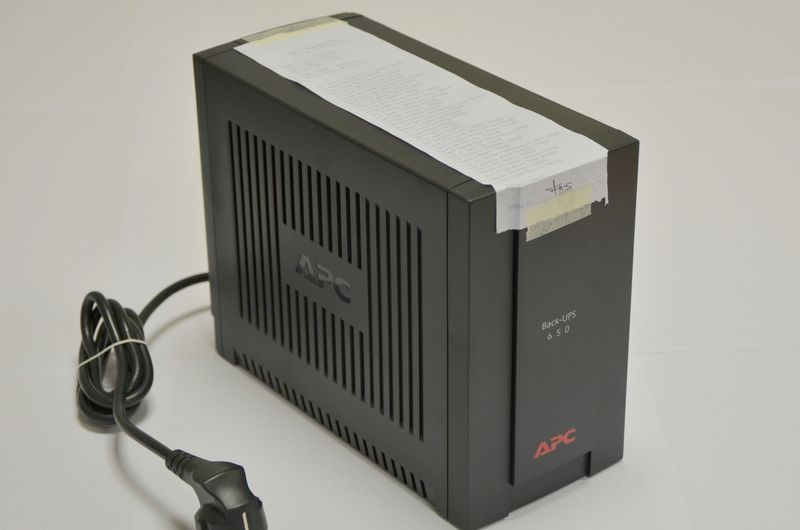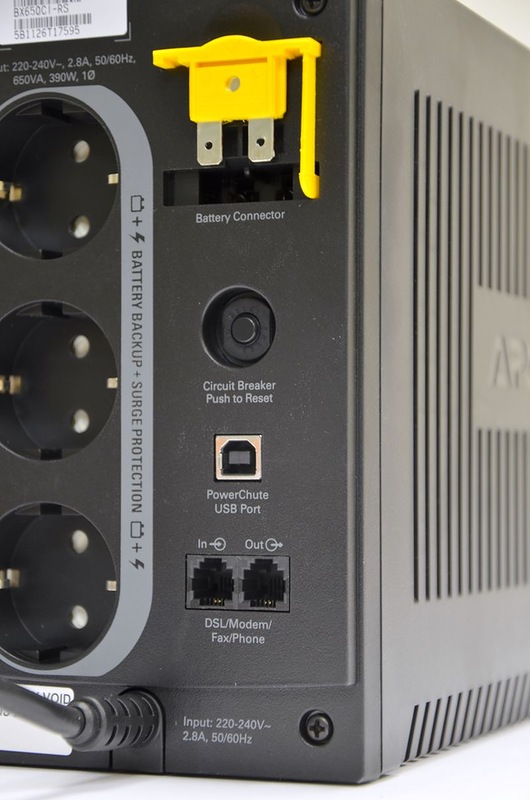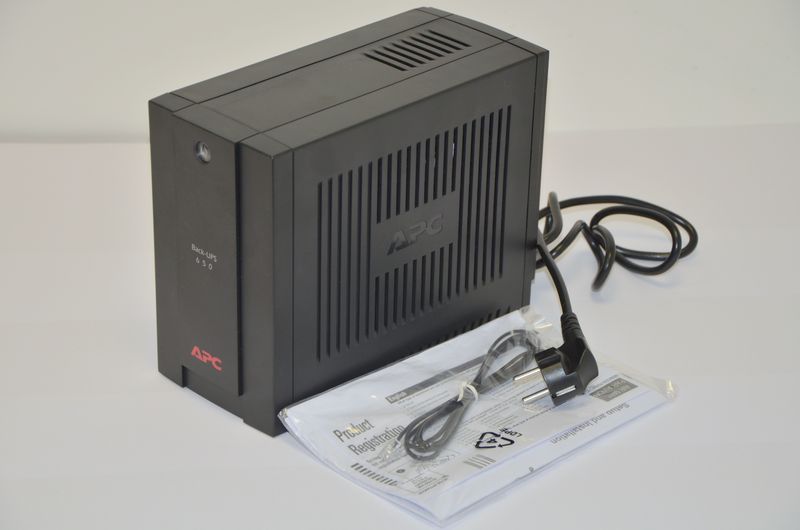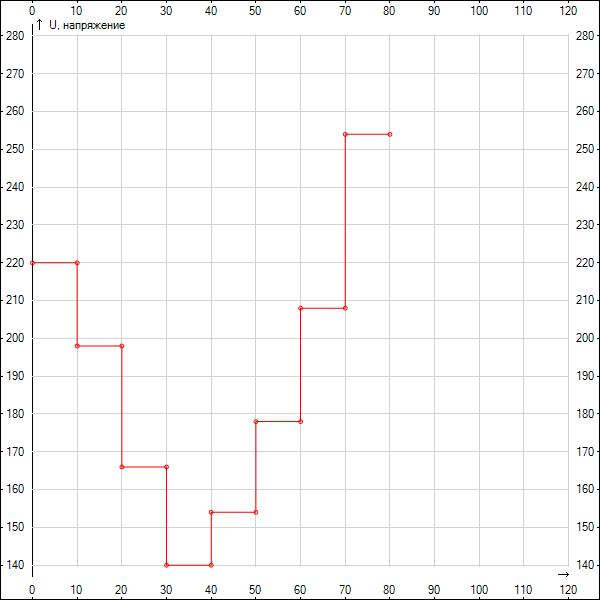APC Back-UPS 650 - Better Protection Against Unreliable Power

Uninterruptible power supplies have long moved from the category of exotic devices for PC enthusiasts to the category of essential devices. Recently, UPSs are increasingly found not only among advanced PC users, but also among ordinary consumers who want to protect their consumer electronics from power surges and sudden power outages. In one of our previous reviews, we talked about the APC Power Saving Back-UPS Pro 550 . In today's article, we would like to talk about the latest new product from APC by Schneider Electric - Back-UPS 650 (BX650CI-RS).
The Back-UPS 650 uninterruptible power supply unit is designed for operation in areas with unstable power supply and is equipped with the function of automatic voltage stabilization (AVR). Thanks to this function, the UPS brings the overvoltage and undervoltage to a level safe for electrical engineering and allows it to operate at an unstable voltage in the mains. But the main function of all UPSs is the ability to provide backup power from the battery, devices connected to it during a short power outage. According to the manufacturer, the “battery” should be enough to ensure the operation of equipment with a power consumption of 300 W for 3.5 minutes. Thus, sudden power outages, which have become in recent years far from the rarest phenomenon, will not take you by surprise. How much data
In recent years, the use of UPSs is not limited to protecting only desktop PCs and computer equipment. These devices are increasingly used in everyday life to protect the power of various consumer electronics, as well as life support systems in suburban homes, for example, the gas heater electronics used to heat water. In the event of a sudden, short-term power outage, the presence of such a UPS will allow you to "hold out" until the power supply is restored or an external generator is connected.
The status of the UPS and the mains is monitored using a light indicator and an audible alarm. If the voltage fails, the UPS will go offline, as indicated by a flashing light and an intermittent beep.
UPS configuration is carried out using the proprietary PowerChute utility. The program allows you to monitor the main parameters of the uninterruptible power supply, as well as calculate the battery life of connected devices based on the battery level. In the event of a long power outage, PowerChute is able to automatically start the procedure for saving data and turning off the PC.
The main technical characteristics of the Back-UPS 650 (BX650CI-RS):

Appearance and equipment
Like most of their older “comrades” from the Back-UPS family, the uninterruptible BX650CI-RS source is packaged in a discreet cardboard box. APC by Schneider Electric is committed to the environment, and therefore uses recycled materials to make packaging for its products.
Since the Back-UPS 650 is an entry-level device, the equipment does not require anything superfluous: in addition to the UPS itself, you can find instructions and a cable for protecting the telephone line in the box. If in the future the user wants to be sure that with a long power outage the data will be saved and the PC turned off correctly, he can additionally purchase a cable for communication with the computer and download PowerChute from the manufacturer’s website.
Unlike the previous UPS model, which we considered earlier, the Back-UPS 650 model has a non-removable battery, which means that in case of a malfunction, it can only be replaced at an authorized service center.

The appearance of the device does not differ in its original design or unusual color scheme - we have before us a classic UPS, black with the well-known “APC” logo on the case. On the front panel of the uninterruptible power supply is a power button, combined with a light indicator. On the rear panel there are three standard European sockets, a resettable fuse button, two RJ-45 connectors for securing telephony and a USB port with which the UPS can be connected to a desktop PC.

Any new UPS is accompanied by a factory test report.


Since the battery for this model of UPS is not removable, after purchase, to connect it, you must install the plug located in the upper right corner of the UPS in the corresponding socket. Thus, the battery of a new uninterruptible power supply is protected from discharge during storage and transportation.


The battery is connected and the UPS is completely ready for use.

The delivery set is minimal, the manufacturer suggests purchasing a separate

cable Additional accessories: USB cable for connecting to a PC and a disk with PowerChute software
Testing The
test bench on which the UPS capabilities were tested has not changed from the previous review and still consists of a desktop PC and a plug-in laboratory autotransformer ATR-2 kVA. PC configuration is possiblelook at the APC Power Saving Back-UPS Pro 550 uninterruptible power supply overview .

Test bench: desktop PC, UPS and ATP-2 kVA transformer
Reducing and increasing voltage with a transformer, we observed at what voltage values the UPS switches to various operating modes.

To control the operation parameters of the UPS, we used the proprietary PowerChute utility. Details of the work that we talked about in our previous review. Below are a few screenshots that show the main points for setting up and monitoring the status of the UPS.

Main menu of the PowerChute program

Setting the upper and lower thresholds of UPS operation

Status and level of battery charge (mains supply)

Battery status and charge level (UPS stand-alone mode)

Setting the “sleep” mode
Using a transformer, we simulated a drop and increase in voltage in the mains, monitored the operation of the automatic voltage stabilization system (AVR), and also determined the threshold of operation of the stand-alone mode, switching the UPS to work from batteries.
When the voltage drops to 198V, the internal UPS transformer switches to the first boost winding, stabilizing the output voltage. A further decrease in voltage to 166V switches the transformer to a second boost winding. When the voltage decreases to 140V, the uninterruptible power supply transformer switches to the third winding, and with an even greater voltage drop, the UPS goes into stand-alone power mode from the built-in battery. The power off mode occurs when the input voltage rises to 154V. Then, with a gradual increase in input voltage, the UPS transformer connects the boost windings - the first to 178V, and the second to 208V. If the supply voltage is much higher than the standard, then the UPS connects a step-down winding, this occurs when the voltage exceeds 254V.

Schedule of switching the UPS autotransformer windings depending on changes in voltage.
UPS operation video depending on changes in supply voltage:
The operation of the UPS in stand-alone mode allows you to save important information in case of a sudden power outage, as well as correctly complete all procedures for disconnecting IT equipment. The battery life of the test bench with a load of 85 watts when the power was turned off and the source went offline was 21 minutes 10 seconds. This time is more than enough not only to save important information, but also to eliminate problems in the power supply network, or to switch the power supply to generators.
Concluding the UPS review, we can draw the following conclusions: Back-UPS 650 UPS is a simple and inexpensive uninterruptible power supply, without any frills, but at the same time reliable and well-suited to provide protection for both a home workstation and any other consumer electronics.
